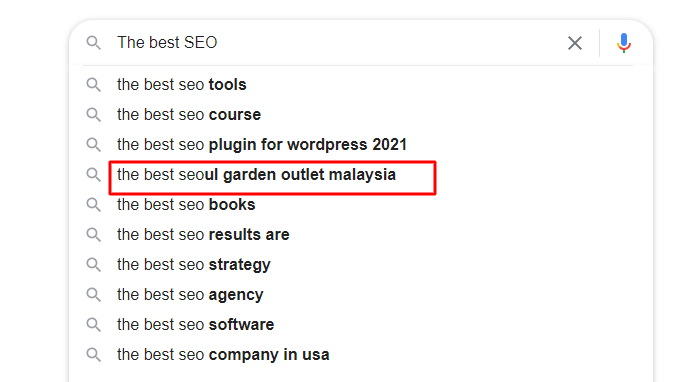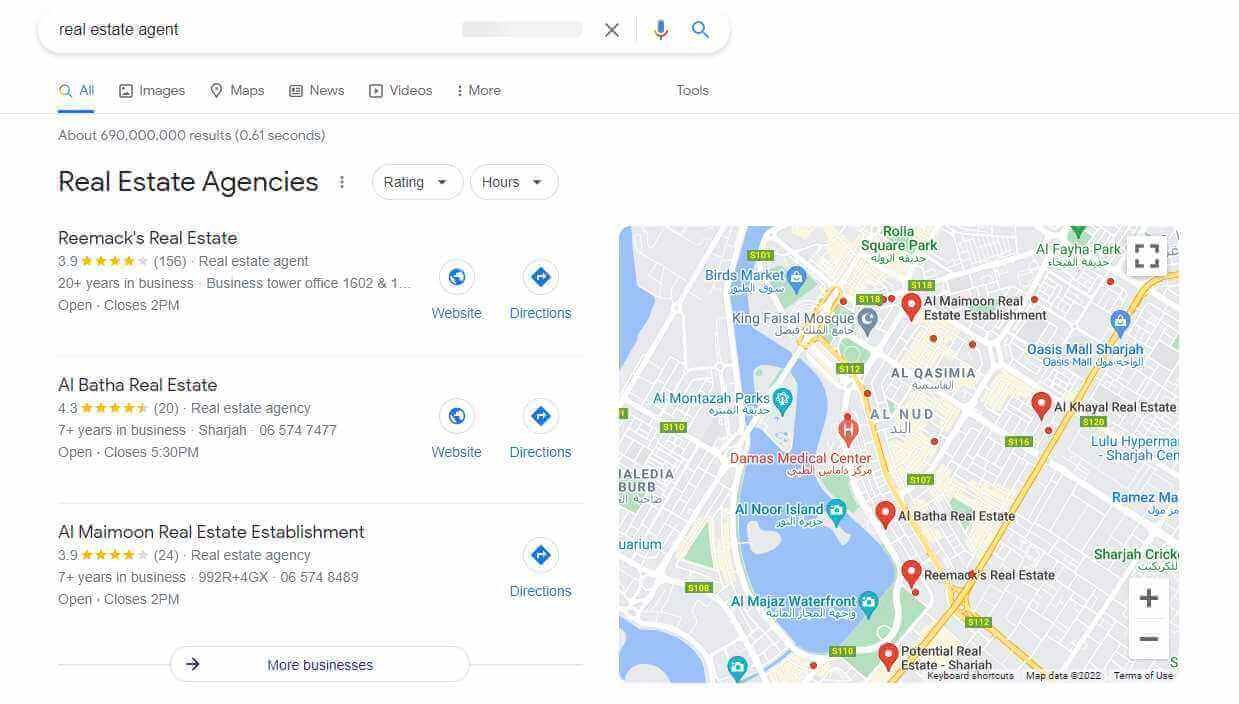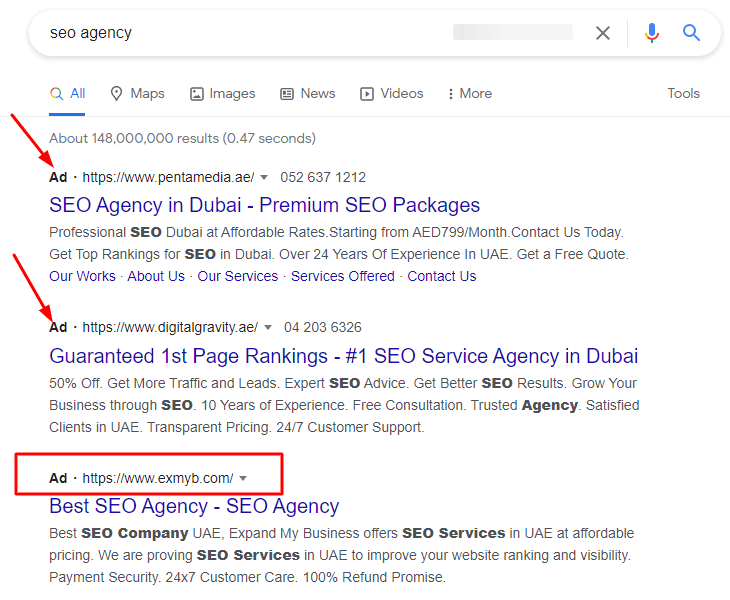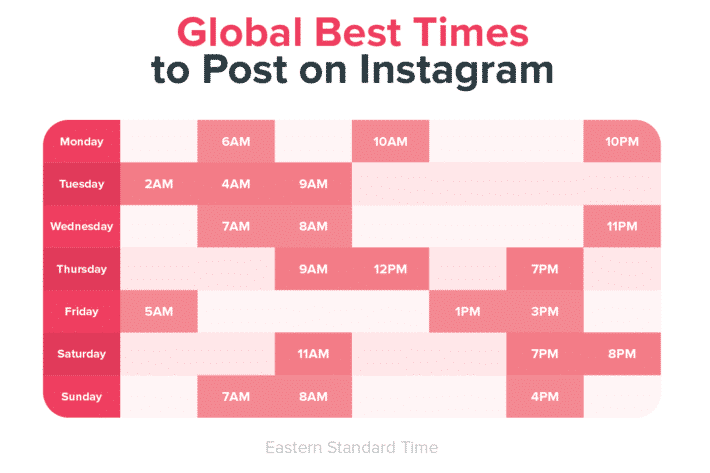If you’re in the real estate business, marketing should take up a good portion of your company’s budget.
Your clients are among your most valuable assets, and without high quality marketing, you’ll struggle to attract customers.
Nowadays, the majority of would-be sellers, homeowners, tenants and investors browse for property or manage their ventures online. For this reason, real estate professionals need to have a strong online marketing campaign in place if they wish for ongoing success.
In this article, we introduce the basics of online real estate marketing. Read on to find out how to make your brand discoverable and improve your likelihood of attracting the right clients via digital marketing techniques.
The Importance of Online Real Estate Marketing
Real estate is a saturated field with many service providers vying for attention. If you do not have a well-thought through online marketing strategy, you may well be passed over for a competitor who does.
In order to give your organization the best chance at success - and to help potential clients to see you as an accessible and trustworthy brand - you need a strong campaign that boosts you up the search results and offers a user-friendly online presence.
Vitally, your digital marketing approaches must encourage conversions. This means that a high proportion of those who engage with the information you share online should then go on to spend money on your products or services.
So - how do you achieve this?
What You’ll Need - Real estate marketing techniques
Here are the central elements of a great online marketing campaign for a real estate firm:
Below, we’ll go into detail about each of these elements.
A Strong Website

It is worth noting that high quality websites are more likely to achieve good search engine rankings, which will complement your digital marketing strategy powerfully.
If your company is like the majority of real estate firms operating today, you’ll already have some kind of web presence. But how effective is it?
A great website has the following:
Simple and Attractive Design
Most visitors to your site will be making a flying visit to grab some basic information. You need them to be able to find what they are looking for quickly and easily.
A website that is too “busy” or poorly designed can be a real turn off for potential clients, as they’ll feel swamped. It may also suggest that your company itself is messy and disorganized.
Relevant Content

Your real estate firm exists for a clear purpose. Perhaps it is to connect house hunters with available property, investors, auction property buyers / companies, with developers, or landlords with tenants.
This needs to be obvious from the get-go. As soon as someone enters your site, they need to understand what you are about and how they can engage your services.
When creating your content, always get to the point.
You can share information about the hobbies of your team members in the “About Us” section if you want - but not on your main page. And it’s best to avoid any form of political commentary altogether, as this may alienate part of your audience (plus, it is irrelevant to your practices).
If you suspect for a moment that certain information is irrelevant, remove it from your site. You can always share it with a potential client once they’ve got in touch.
Concise, Informative, Clear and Legible Text
Keep everything short and sweet. Put yourself in the shoes of a visitor to your site. What do they want to know?
Summarize your company’s USP in a single sentence right at the start of your homepage, then provide information about your services in a brief and straightforward manner. Then let them know how to get in touch with you. Often, this is all a good homepage needs.
Further information should be provided in additional pages on your site - but this should still be displayed in a way that is clear and to the point.
You should seriously consider the colors, typeface and backgrounds of your pages. These need to be uniform throughout your site.
How easy is it to read your text? Is it too small? Is the font hard to read against a busy background?
It’s always worth considering individuals with additional access needs. People with dyslexia, colorblindness or other impairments may struggle to read certain fonts or coloured text against particular backgrounds.
Optimized Content
The text of all of your site’s pages should be organically SEO optimized. This is a very important factor of digital marketing, and one we’ll explore later on.
Intuitive and Straightforward Navigation

When visiting your site, the methods of navigation between your homepage and other landing pages should be as obvious and user friendly as possible.
There should also be a clear way to return to your homepage from other pages, and relevant information on different pages should be linked.
Suitable, Fast-Loading Images
Avoid the use of stock photos where possible on a real-estate focussed site. Your potential clients want to see images of genuine properties with which you have some connection.
Make sure all images used are relevant and high quality. They should also be effectively compressed, so that they load quickly. Remember: 53% of sites accessed via mobile are abandoned if loading takes more than 3 seconds.
Regular Calls to Action (CTAs)

A Call to Action is a prompt on your website to encourage users to take the next step.
Usually, they take the form of contact information. At the end of a paragraph of text, in a suitable place, you may include a phrase like “for further information, contact us today on…”, then your contact details.
Alternatively, the words “contact us” could include a clear hyperlink that either directs the user to an online contact form or opens an email window with your company’s email address already entered in the addressee field (by using the URI mailto:).
Calls to action should appear regularly on your site. Ideally, they should be included at the foot of every page, as well as in the text itself.
Related: AIDA Model In Marketing: The Ultimate Formula For Writing Any Marketing Message.
Cross-Device Optimization

Being present on the mobile Web has become indispensable
Your website should be just as easy to access, read and use on any device - from mobile to tablet to laptop to desktop.
A responsive design version of a website allows users of smartphones and small tablets to comfortably navigate a website from their “small” screens.
Ensure you are staying on top of best practices and watching your website’s performance grow in the world of mobile-first indexing.
Access to Great Photographs
This element of a real estate marketing campaign is vital. The visual aspect of property sales cannot be underestimated - particularly in the modern world in which Instagram, Pinterest and other visual channels play such a strong part.
Whether they are shared on your website or posted on social media, the online images connected with your organization need to be directly related to your products and services wherever possible.
So, if you’re selling property, the pictures you share need to be of the properties on your books. They need to be high quality, up to date and - as far as possible - honest and unedited. If you try to bend the truth by sharing doctored photos, you will quickly be found out.
As a result, public trust in your brand will quickly diminish.
Clear Branding

Your brand identity is an intrinsic part of who you are as a company. It represents your company’s “personality” and makes you recognizable to potential clients and stakeholders of all kinds.
Everything from your logo to your website’s color scheme, font and tone of voice should remain consistent in order to present unique and engaging branding.
This same approach to branding should continue throughout your entire online presence, from your social media streams to your email marketing content to your Google My Business profile.
Relevant Social Media Accounts
A real estate firm should always be present on social media in order to engage with potential clients, other industry professionals and the general public.
It’s important to understand which social media platforms to use. After all, it’s free to set up a profile on most social networking sites, but once you have done so, you’ll need to keep each one updated in a suitable manner.
The Platforms
Generally, Facebook is utilized for longer text posts, events, polls and competitions. Twitter has a character limit of 280 characters, but can also be used to the same ends, as well as to share information about current affairs and activities.
Instagram is an image-based platform where one can share high quality aspirational pictures, while YouTube is only suitable for video sharing.
Tiktok is a more recent addition to the social media arsenal, where short videos can be shared.
Your Campaign
In order to utilize social media to best effect, it is always best to set up a strong and well-organized campaign.
The more regularly you post relevant and engaging content, the more positive attention will be drawn towards your brand.
There are certain tools available online that will allow you to schedule posts on a regular basis, across platforms. These include Hootsuite, Social Pilot, Buffer and Sprout Social. In employing software of this kind, you can create posts in advance and share them as and when required.
Many of these tools will also enable you to track engagement with your posts - so you can see who is sharing or responding to them.
By scheduling posts, you won’t be required to come up with content on the fly while managing the day to day activities of your brand. Remember, you should always link back to your company’s website wherever you can.
You need to develop a strong social media campaign as part of your online marketing.
Stick to a clear tone of voice and ensure that all of your posts are relevant to your potential clients. Don’t get distracted from your business’s key aims, and provide original comments where possible.
Remember, only follow or connect with accounts that are relevant to your own field of practice.This may position you as a vital player within the social media sphere of your sector.
How to Post
The content you share needs to be articulate, concise and relevant to your field.
You can post unique polls, infographics, quizzes, videos, images and more. If your posts are highly “shareable”, your brand’s details will be spread further around the internet, making you more discoverable.
Of course, it is important to stay up to date with any social media content that is relevant to your professional sector. By sharing or commenting on the posts of other key individuals or businesses, you’ll be able to position yourself as a key player within the industry.
Always remember to use the right hashtags and handles to engage with current trends, topics of discussion and industry leaders.
An SEO and/or PPC Strategy
The term “SEO” means “Search Engine Optimization”. This technique involves the tactical adjustment of your online content in order to appease social media algorithms and see your brand positioned further up the search results.
This, in turn, will make your brand more discoverable and attract more relevant footfall to your website, your products and your services.
SEO includes the following techniques:
Content Optimization
We have briefly mentioned content optimization in the “A Strong Website” section of this article. The central element of content optimization is good keyword research.
There are numerous online tools available that enable extensive and accurate keyword research - with many usable for free.
This approach is fairly straightforward. When creating online content, one can enter a word or phrase representing the content’s central subject into a keyword research tool. The tool will then generate a list of the most popular search terms connected with that theme.

Those keywords can then be organically positioned throughout the brand’s online content.
By “organically”, we mean that the words should be included as if in natural speech or text. The more these keywords are “stuffed” into the content in a way that seems forced, the more likely it is that search engines will reject the content and users will fail to trust the connected brand.
For best effects, fresh, optimized content should be regularly uploaded to your website. Many organizations use blogs to meet this requirement.
By sharing unique, relevant, industry-focussed, keyword optimized blog posts at least a couple of times per month, you’ll be providing interesting and shareable content while giving search engine algorithms something new to help them boost you up the results.
Other aspects of your content can be optimized, besides the body text of your site or blog posts. You can also optimize:

By optimizing even the metadata of your page, you’ll be able to “communicate” more effectively with search engines and get yourself positioned in a superior position in the search results.
Local SEO
Local SEO is a more specific form of search engine optimization that is relevant to brands seeking custom from their applicable surrounding regions.
Many businesses rely on “local” custom to stay afloat. In this case, the term “local” may refer to customers from a nearby town, county, state or an entire country.

If the SEO a brand performs is too generalist, it may attract great amounts of footfall from around the world. However, it is highly unlikely that any of these visitors will “convert”, as they will probably not be seeking products and services in the business’s particular region.
This means that a lot of time and effort will have been wasted.
However, if the company has followed a strong “local SEO” strategy, success is much more likely.
Local SEO often employs the use of “long tail keywords” with local relevance. Long tail keywords are, as the name suggests, lengthier search terms that help to narrow down a user;s field of interest and direct them to highly relevant information.

For example, if a company includes the long tail keyword “property for sale in Manchester UK”, they are bound to attract more relevant traffic than if they had just written “property for sale”.
This means that visitors attracted by that keyword are far more likely to be seeking what that brand is offering.
Many keyword research tools allow users to specify the region or country that is most relevant to their requirements.
Google My Business
Another important part of local SEO is the optimization of a brand’s presence on Google Maps.
This reveals the precise physical location of a company’s “shop front”, as well as sharing key elements like opening times, contact information, events, images and even star ratings.

You can even optimize the description that is shared when your company is discovered on Google Maps. The easiest way to do this is to create a free account on Google My Business and carefully craft each aspect of your business profile.
Backlinks
Every online marketing strategy should include the creation of backlinks. This is an element of search engine optimization that can see your brand’s information shared far and wide across the internet.
A backlink is a reference comparable to a citation.[2] The quantity, quality, and relevance of backlinks for a web page are among the factors that search engines like Google evaluate in order to estimate how important the page is. wikipedia
Clever networking can work wonders here.
Guest Posting
If you are able to make links with another leading brand within your sector, you may offer to create guest blog posts for their website.
For example, if you were a business selling security hardware, you might decide to make a connection with a company that built and sold exterior doors. You may then offer to write a blog post about security hardware that will work alongside their products.
They would then share that post on their website. Ideally, the post would include a link back to your own online content - or, at the very least, information about its author.
This may then attract footfall from the exterior door company to your own security hardware company’s website.
Alternatively, you may promote yourself as an expert in the field to be interviewed by journalists, or to provide opinions, quotes or soundbites for news articles or online features.
Getting your content shared on social media is another great way to create backlinks.
The main aim with this techniques is to spread your brand’s name and information to as many relevant “corners” of the internet as possible, in order to engage new, convertible audiences.
PPC

PPC is an abbreviation of “Pay Per Click”. This is a digital marketing approach that is less organic than SEO and is often referred to as a means of “buying” footfall.
Utilizing this method, a publisher - for example, a search engine - is paid by an advertiser every time a particular ad is clicked by a potential client.
When using PPC advertising, your company would create an ad and then “bid” to secure its placement within a location specified by the publisher.
Your bid, as well as the relevance and quality of your ad, would then be taken into account when it comes to how regularly, and how visibly, your ad would be shared.
You won’t need to pay anything until a visitor clicks on your ad, at which time your “bid” would come into play.
An Email Marketing Game Plan
Email marketing is a long-established method within the digital marketing arsenal - but it can be tricky, particularly following the introduction of firmer data protection law across much of the world.
You can’t automatically include a user’s email address within your list or subscribers unless they have actively “opted in”, for example..
However, when it comes to those audience members who have expressed a clear interest in receiving material, there are a range of ways in which you can encourage their further engagement with your brand.
Our top tips are to:
- Send out marketing emails fairly regularly, but not too often. Usually, once a week is more than enough.
- Keep messages simple and to the point.
- Don’t send messages without a clear, obvious and practical purpose.
- Make messages visually appealing, but make sure they don’t take too long to load and that they are accessible via all devices.
- Keep subject lines short, so that users can understand an email’s purpose perfectly.
- Send messages at the right time. For example, people are less likely to engage with content sent to their personal email address while they are at work. Commuting times, lunchtime and evenings are often best.
- Use your mailing lists to share exclusive opportunities like competitions, to encourage others to subscribe.
- Undertake clear segmentation of your subscribers by getting them to fill in a simple poll regarding their interests. This way, you’ll only send out emails to those who are interested in them, and you won’t be bothering anyone with irrelevant messages
Related:
- 20 Best Email Marketing Services For Startups
- 10 Effective Marketing Tips To Grow Your Construction Business
Web 3.0 Prep
You may have heard that Web 3.0 is gradually gathering speed. This new and improved version of the internet focuses on user autonomy, VR (virtual reality), AR (augmented reality) and IoT (the Internet of Things), among other aspects.
Real estate marketing specialists can harness these features in a number of ways, including:
…and much more besides.
We hope that the above guide has given you a clearer idea of the ways in which you can engage with digital marketing in order to promote your brand, increase online footfall to your web presence and improve conversions.
At the end of the day, the most vital approach is to make all of your promotional materials your own.
Create a strong and unique voice and image for your brand, and this should inform the approach you take to marketing in all its forms.





